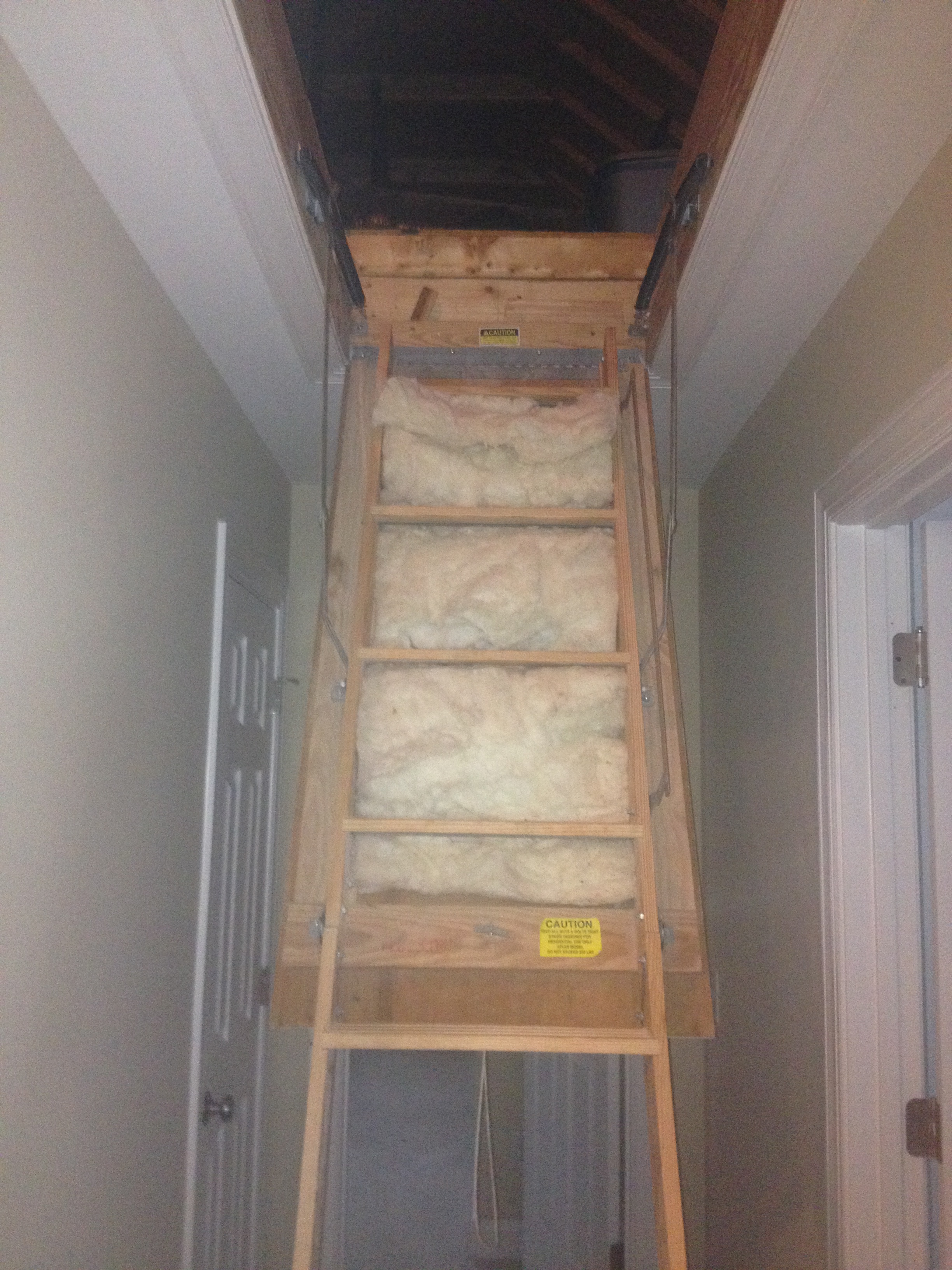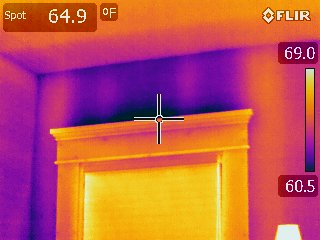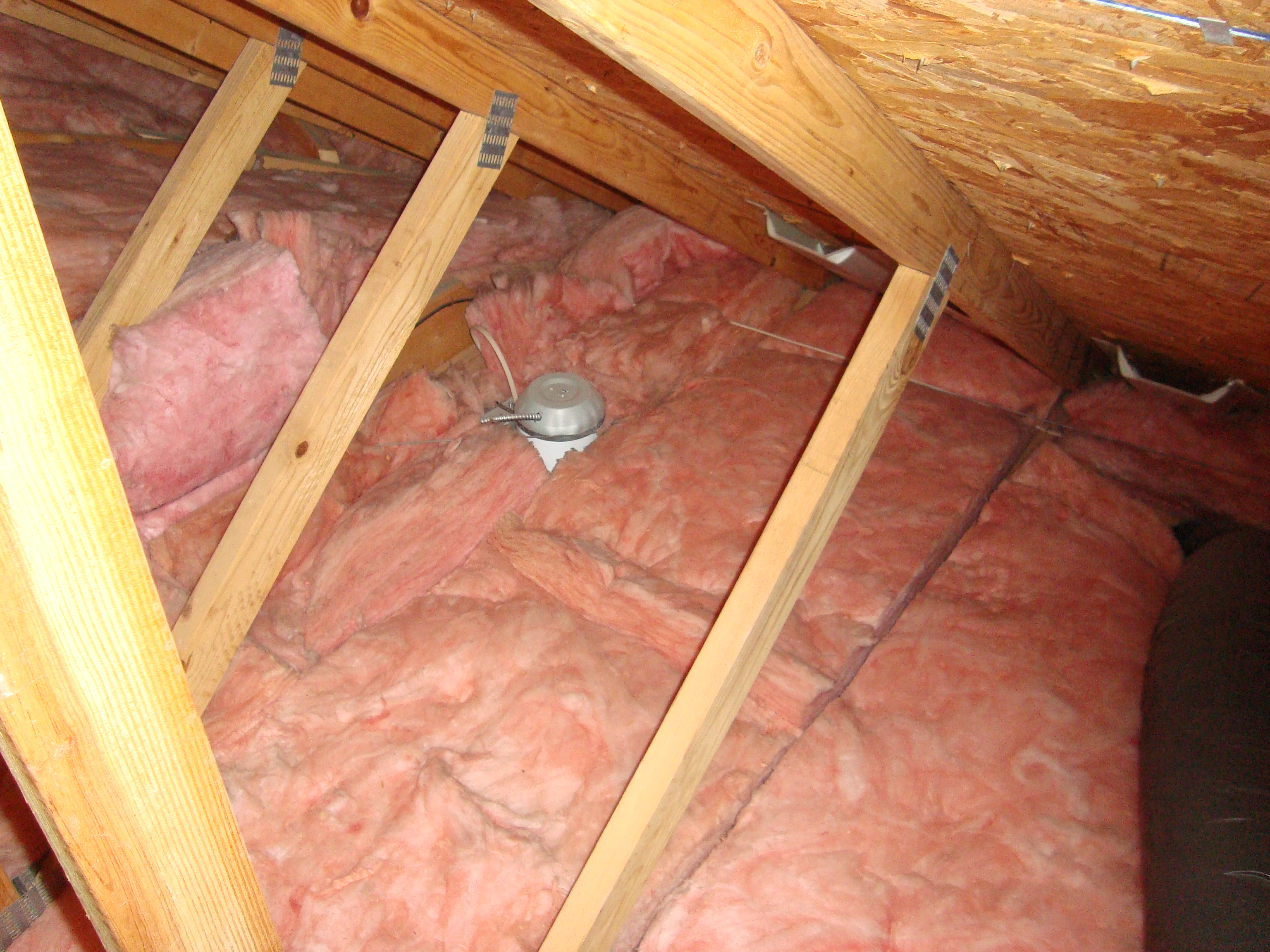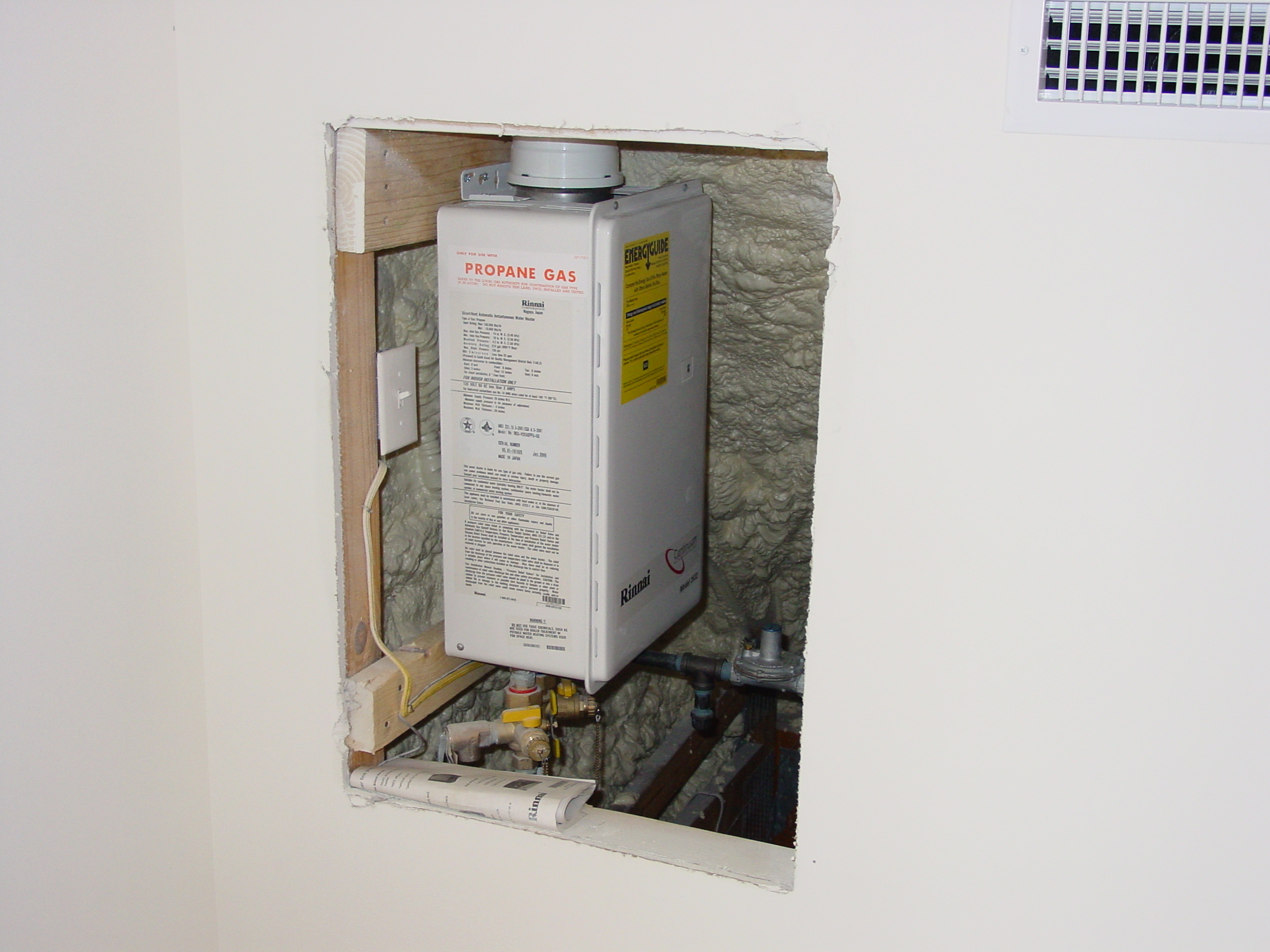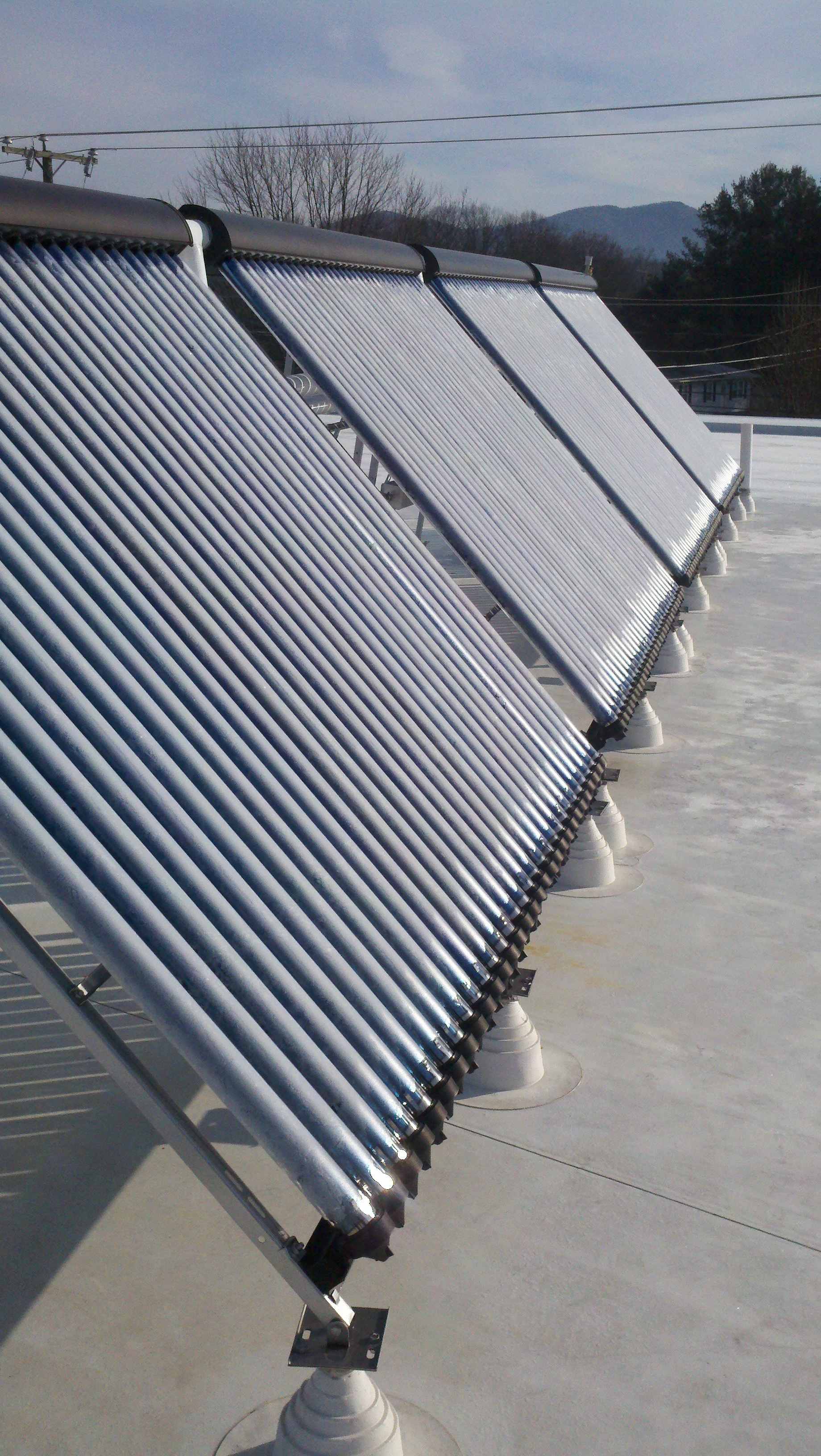by harrisonburgarchitect | Nov 19, 2014 | architecture, Harrisonburg Architect
We started with a few minor changes and ended up with a major systems and space upgrade – the renovation is almost done at the JMU Studio Center in Harrisonburg, VA.

This project includes a new paint booth, concrete lab, wood shop, and welding room. We also are adding two computer labs, expanding classroom and studio space, and correcting comfort issues. (to the students: yes we are fixing the comfort issues). The contractor, Rhodenizer Construction Company, has done a great job of navigating design changes during construction as the client finalized their needs vs budget demands and the end result will be a space that meets student needs for many years to come.
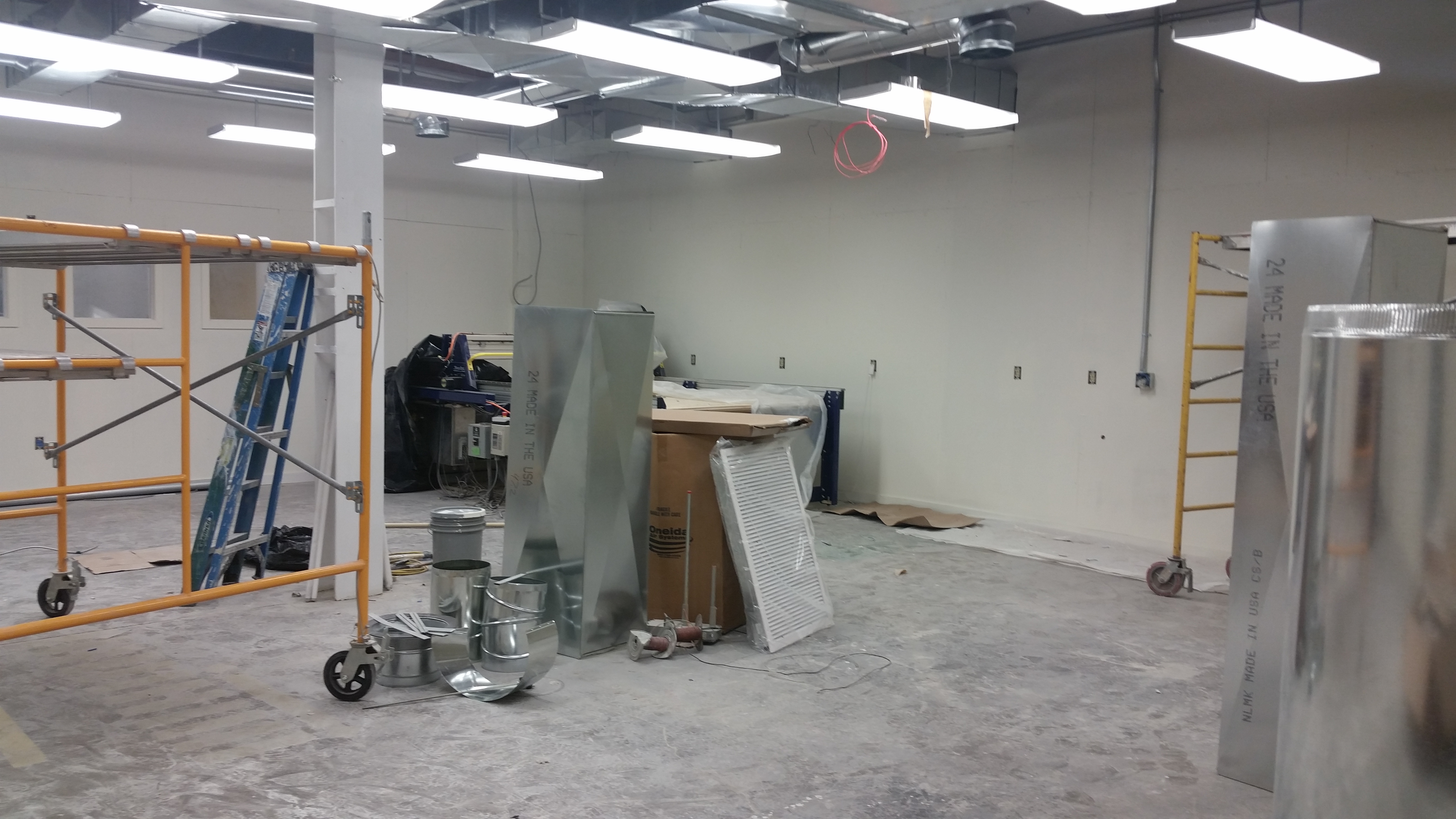

JMU Interior Architecture program will have a studio space that is more than double the old size. There will be a concrete lab instead of having to make do in various places around the building and parking lot. The wood shop will have more space making it possible to complete more complex build projects. A book arts program space is being added to the building. The new paint booth will allow students to finish furniture scale projects and the entry will feel more welcoming.


by harrisonburgarchitect | Nov 17, 2014 | architecture, Construction Specifications Institute, Harrisonburg Architect
Since I entered the construction profession I have known CSI (Construction Specifications Institute). I was fortunate to start my career in a firm deeply involved with CSI. I give credit to this involvement to my learning the importance of the 4 C’s to a successful construction project. However, this may in fact be the most difficult part of creating a green project. You have to be able to effectively convey the information from design to construction in a Clear, Concise, Correct, and Complete method.
Changing a simple word in a project manual can change the intent of the design. Placing a note that does not effectively convey the design intent on the drawings may cause the performance of the building to suffer upon completion. Missing a note that should have been on the drawings could cause the contractor to install in inferior product that does not meet the goals for the project. It sounds simple, but making sure you follow the 4 C’s in construction document creation may be the most critical aspect of creating a green project.
The Construction Specifications Institute (CSI), is a national professional association that provides format standards to meet the construction industry’s need for a common system of organizing and presenting documents. CSI also provides technical information and publications, continuing education, professional conferences, and product shows to assist the professions involved in creating and sustaining the built environment. Founded in 1948, CSI is the only organization that serves all the major disciplines involved in facility design and construction.
by harrisonburgarchitect | Nov 14, 2014 | architecture, Building Science, Harrisonburg Architect
Technology is changing faster than anyone can keep up with these days in the construction industry. Companies are printing houses, growing insulation, and painting on solar panels. So of all these new innovations, are any of them actually on the market, affordable, and able to actually make your life better? Earlier this week I wrote about some cool new products that have come to the residential home market. To check them out go here. Here are some more that I think may be solutions that help.

A web enabled slow cooker would certainly help in my life. I am sometimes entrusted with remembering to turn up / off / or down the slow cooker when I get home from work. There is a 50/50 chance that this action will be remembered before I hear my wife’s car in the driveway. So here is a solution that can solve all of her problems, simply pull out your phone and do it yourself. With a touch of your phone you can adjust cooking time, temperature, and turn this device on or off. It still does not actually put the ingredients into the pot – but I am sure that is also in the works in the future.

Have you ever worried about a water leak in your home destroying your floors, drywall, carpet, wood floors? Well, here is a solution for you. The Wally Home will send you a message if it detects water using existing wiring and wi-fi in your home to help predict the unpredictable. It also will report the humidity and temperature in your home to help protect indoor-air-quality. Unfortunately, it does not stop the leak, only gives you warning that there is a problem, so you still may have to fix some damage around the house.

So simple, why did I not think of that? This humidity control is simple and straight forward – it turns on your ventilation system when humidity gets too high in a space. So no more reminding the kids to turn on the bath fan, this Leviton solution takes care of your problems. Now if only it would remind the kids to wash behind their ears!

Ever forget to charge your phone? What if the counter at your favorite coffee shop could charge your phone? Well, you don’t have to go out to charge your phone anymore, your kitchen counter can now be a phone charger using a DuPont Corian Countertops. There are no cords involved and the counter looks normal – only difference you can have a phone that is all charged up.
by harrisonburgarchitect | Nov 12, 2014 | architecture, Building Science, Harrisonburg Architect
There are always those kids on the block with the coolest toys. So if you want to be the coolest kid on the block, think about getting some of these toys for your home. I have not tested these yet, but hope to do so soon – maybe someday that will make me cool!
 Home security is always a top concern for anyone considering home automation. The canary might be a good answer as it not only allows you to monitor your home – it alerts you when patterns change. The device monitors temperature, humidity, noise, and air quality and allows you to check in on your phone from anywhere in the world. It also features a HD video feed to allow you to take a look to see for yourself how incredible your home looks when nobody is home – everything neat and in the right place before the kids get home. However, if someone is walking around during the workday when nobody is usually home, Canary sends you a notification and starts recording the activity. Even better, if you are home sick and don’t want to be bothered, Canary knows your phone and senses you being there turning to privacy mode.
Home security is always a top concern for anyone considering home automation. The canary might be a good answer as it not only allows you to monitor your home – it alerts you when patterns change. The device monitors temperature, humidity, noise, and air quality and allows you to check in on your phone from anywhere in the world. It also features a HD video feed to allow you to take a look to see for yourself how incredible your home looks when nobody is home – everything neat and in the right place before the kids get home. However, if someone is walking around during the workday when nobody is usually home, Canary sends you a notification and starts recording the activity. Even better, if you are home sick and don’t want to be bothered, Canary knows your phone and senses you being there turning to privacy mode.
 Want to make getting in your home easier when you have your hands full, this lock may be for you. This keyless entry system can be controlled with your phone from anywhere in the world – should you ever need to unlock your home while on vacation. It also has a touchscreen so you can enter a code to enter your home. However, it does not stop there, this lock system also has a built-in alarm that will alert you when someone enters, exits, or tries to break into your home.
Want to make getting in your home easier when you have your hands full, this lock may be for you. This keyless entry system can be controlled with your phone from anywhere in the world – should you ever need to unlock your home while on vacation. It also has a touchscreen so you can enter a code to enter your home. However, it does not stop there, this lock system also has a built-in alarm that will alert you when someone enters, exits, or tries to break into your home.
 Have you ever pulled out of your driveway, driven a few miles, just to think back – “did I put the garage door down?” Well now there is a solution for that – your smart phone can control your garage door. There are several on the market that allow this technology, but the one I found most interesting is the MyQ-enabled garage door opener. This system will send you an alert when the door is opened or closed and allow you to check to see if you closed it without turning around and going back home. Sounds so simple – why did I not think of that?
Have you ever pulled out of your driveway, driven a few miles, just to think back – “did I put the garage door down?” Well now there is a solution for that – your smart phone can control your garage door. There are several on the market that allow this technology, but the one I found most interesting is the MyQ-enabled garage door opener. This system will send you an alert when the door is opened or closed and allow you to check to see if you closed it without turning around and going back home. Sounds so simple – why did I not think of that?
 Nest has done it again, made something boring cool and a must have for those looking to create a smart home. The Nest Smoke and Carbon Monoxide Alarm looks good and takes that old fashion noisy alarm and kicks it in the teeth. First it tells you everything is OK by turning the light ring green. At night when things are going well it acts as a nightlight. If you see yellow, you might have some burnt toast, or you might need to check things out. It it is red it alerts you of danger and tells you where the emergency is in the home. Not at home, that is ok, it is Wi-Fi enabled so just check your phone for peace of mind. If something goes wrong, it sends you a notification to your phone. Think it is time to change the batteries, check your phone and it will let you know before that annoying chirp in the middle of the night that we have all experienced.
Nest has done it again, made something boring cool and a must have for those looking to create a smart home. The Nest Smoke and Carbon Monoxide Alarm looks good and takes that old fashion noisy alarm and kicks it in the teeth. First it tells you everything is OK by turning the light ring green. At night when things are going well it acts as a nightlight. If you see yellow, you might have some burnt toast, or you might need to check things out. It it is red it alerts you of danger and tells you where the emergency is in the home. Not at home, that is ok, it is Wi-Fi enabled so just check your phone for peace of mind. If something goes wrong, it sends you a notification to your phone. Think it is time to change the batteries, check your phone and it will let you know before that annoying chirp in the middle of the night that we have all experienced.
by harrisonburgarchitect | Nov 7, 2014 | architecture, Building Science, Harrisonburg Architect
As the season turns to colder weather, comfort issues can impact your daily life. A draft coming down an outside wall or around a window is a common issue for homes in our area. There are also areas in the home that you might overlook that impact comfort like attic access, electrical outlets, kitchen cabinets, tubs on outside walls, and basements / crawl spaces.

Sealing up the leaks in your home will increase your comfort all year, but most notably during the colder months. Finding the leaks and stopping them is a relatively easy thing to do in most cases but not all. In existing homes using caulk at key points, weather-stripping around doors, gaskets at electrical outlets, and foam insulation in the attic and basement / crawl space can get the job done. The harder leaks to stop come from missing insulation inside of walls, insulation installed incorrectly inside of walls, leaky HVAC ducts, and leaks behind tubs and kitchen cabinets.

Take these simple steps to reduce your energy bills, increase comfort, and improve indoor air quality.
1. Insulate around wall and ceiling penetrations – recessed lights, electrical outlets, medicine cabinets, and light switches.
2. Plug up the leaks – attic access, doors and windows, crawl space, and basement
3. Foam the gaps – band board is a huge area of leakage
4. Inspect dirty insulation in the attic and make sure there is not an air path coming into your home.
5. Install storm windows
6. Make sure your fireplace flue it closed tightly when not in use.
7. Install seals / sweeps at the base of all exterior doors
8. Get an energy audit to verify you corrected all the issues.

by harrisonburgarchitect | Nov 3, 2014 | Harrisonburg Architect
High efficiency water heating can save you a considerable amount of energy each day. There are several systems used to efficiently heat water for usage inside a building. The most common is either an on-demand water heater or a heat pump water heater. Here are several options to consider, with any also insulating supply piping will increase your overall efficiency.
indirect water heater
Water heater that draws heat from a boiler used for space heating; a separate zone from the boiler heats potable water in a separate, insulated tank via a water-to-water heat exchanger.

heat-pump water heater
An fixture that uses an air-source heat pump to heat water. Most heat-pump water heaters include an insulated tank equipped with an electric resistance element to provide backup heat whenever hot water demand exceeds the capacity of the heat pump. Since heat-pump water heaters extract heat from the air, they lower the temperature and humidity of the room in which they are installed.

on-demand water
System used to deliver hot water either at point of use or in a traditional one fixture supplied whole house system. The advantage is water is only heated on demand instead of through the day as with a traditional tank water heater.

Solar Thermal Water Heating
System comprised of a storage tank and solar collector on the roof. Solar collectors absorb heat and transfer it into the water either directly or through the use of a heat transport fluid. They can be flat plate collectors, evacuated tubes, or dark storage tanks.
A continuing series to help understand green building terms by Harrisonburg Architect. More terms defined here: http://harrisonburgarchitect.wordpress.com/?s=green+term+defined
Like our post, please comment below!

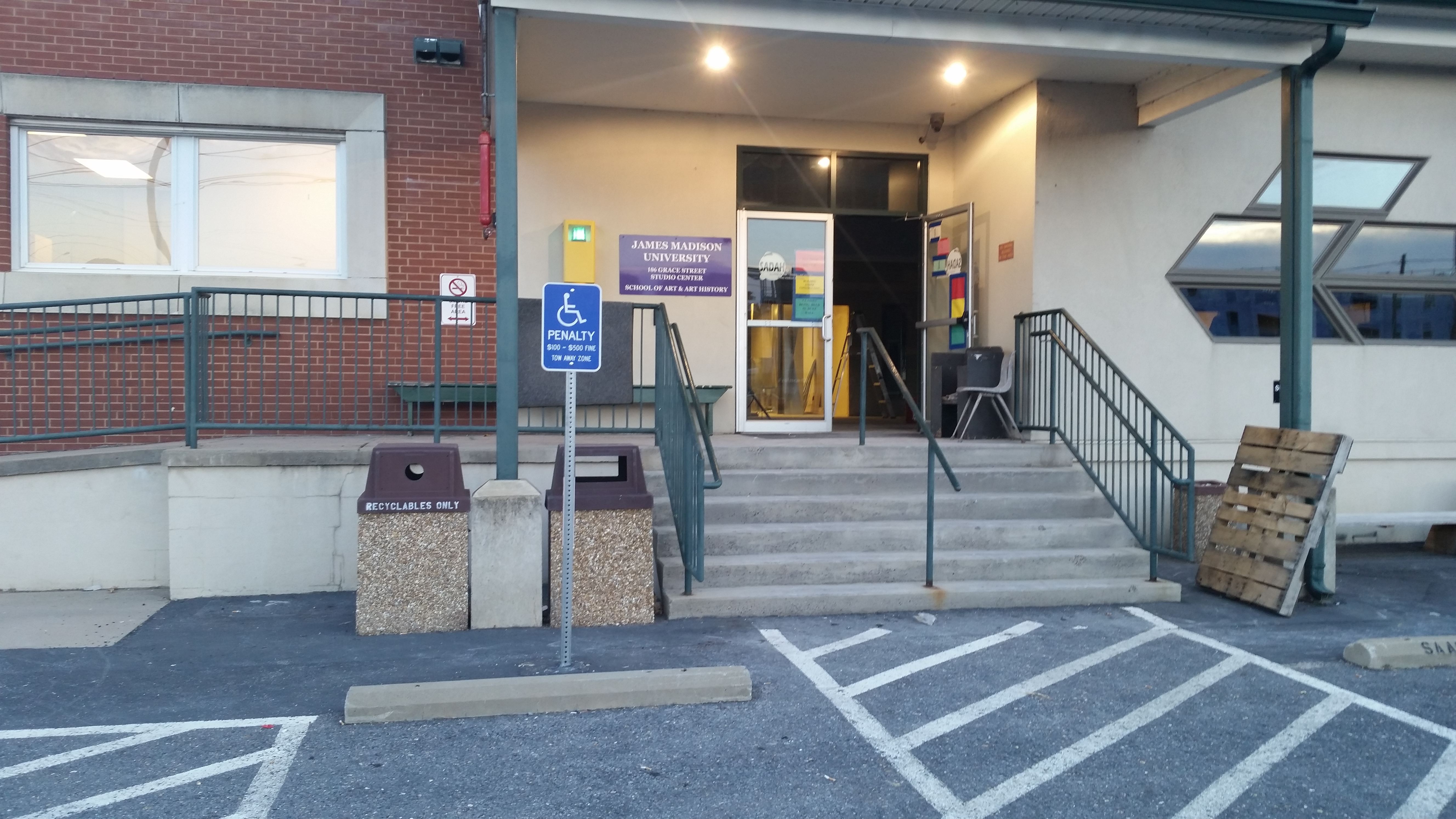

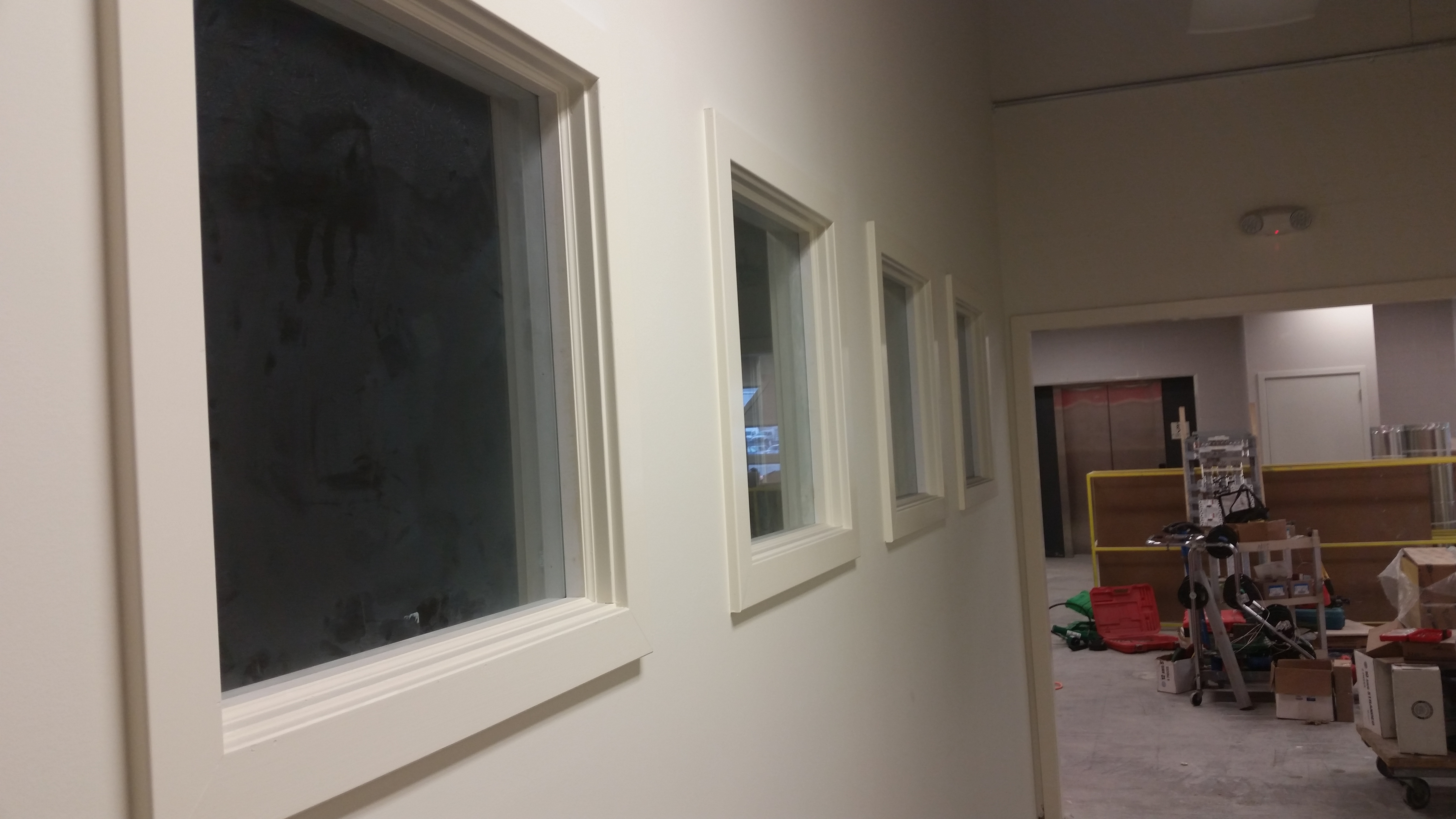
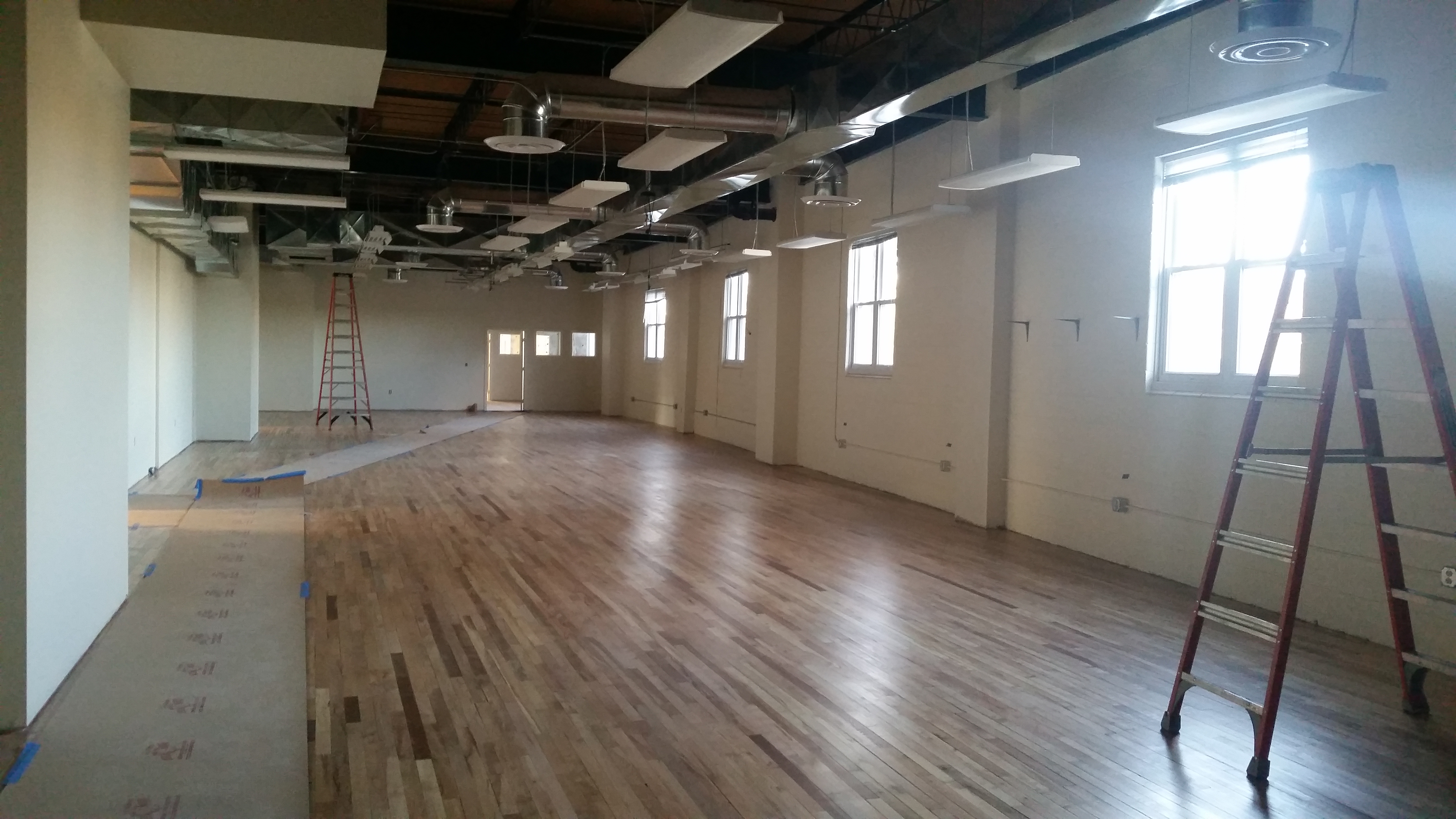
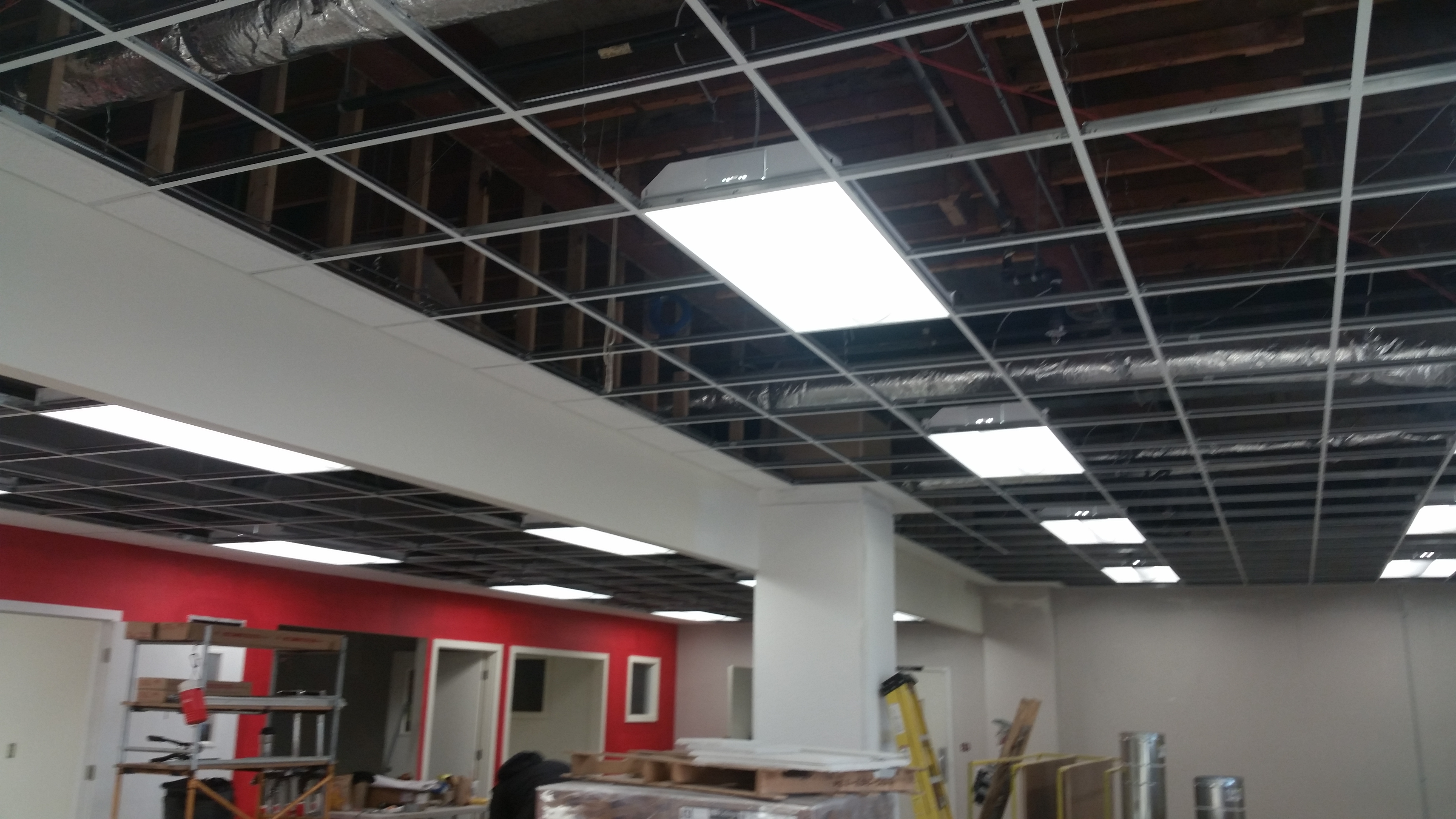
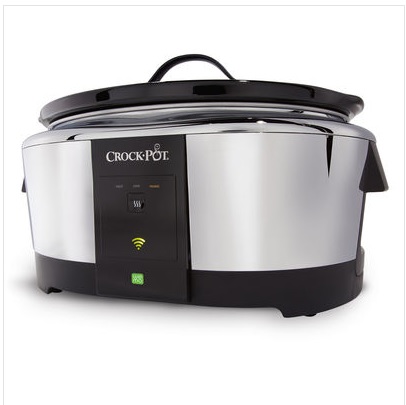
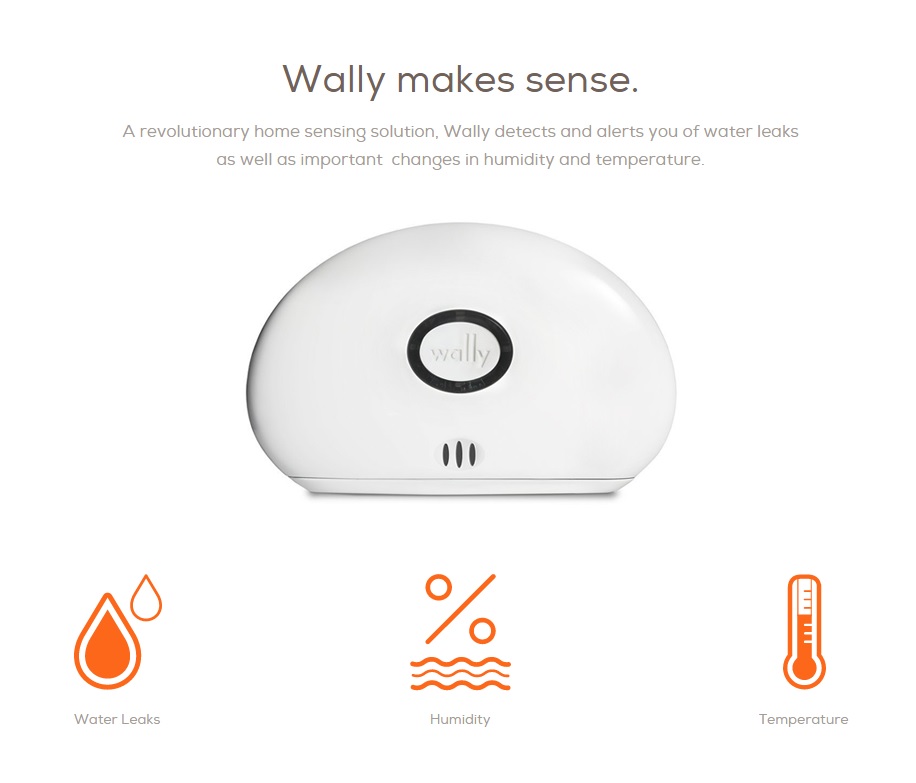
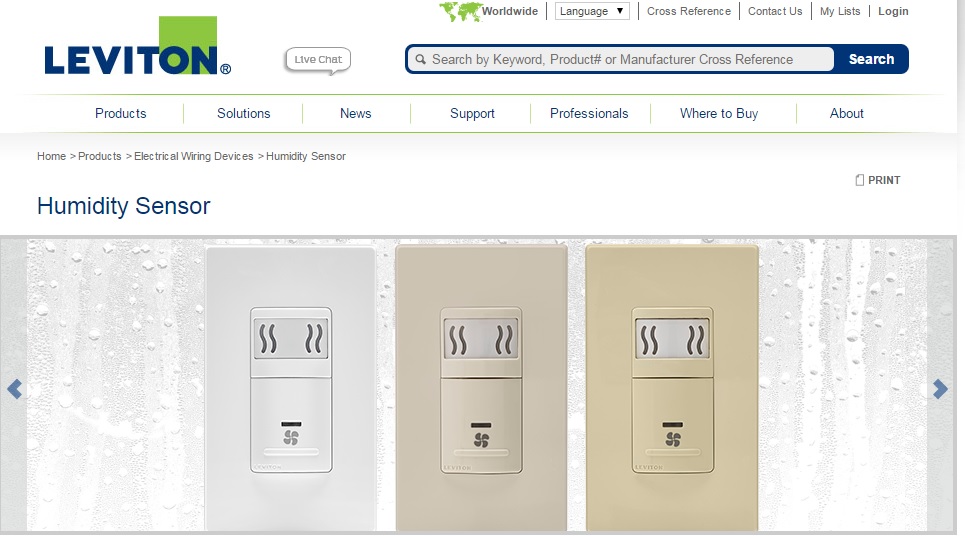

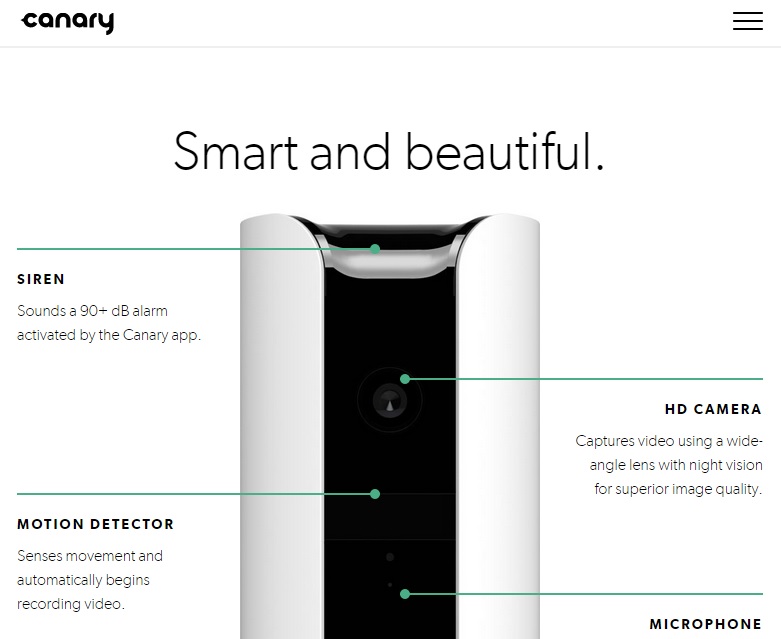 Home security is always a top concern for anyone considering home automation.
Home security is always a top concern for anyone considering home automation. Want to make getting in your home easier when you have your hands full, this lock may be for you.
Want to make getting in your home easier when you have your hands full, this lock may be for you. 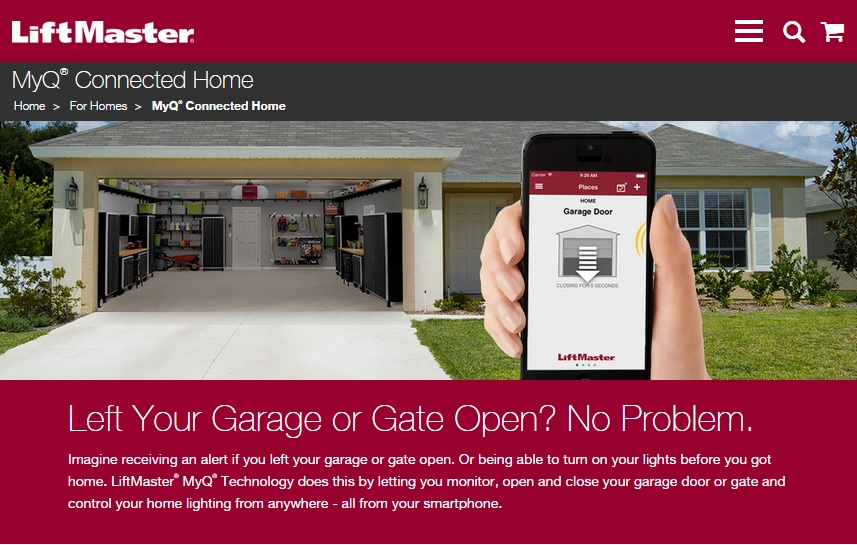
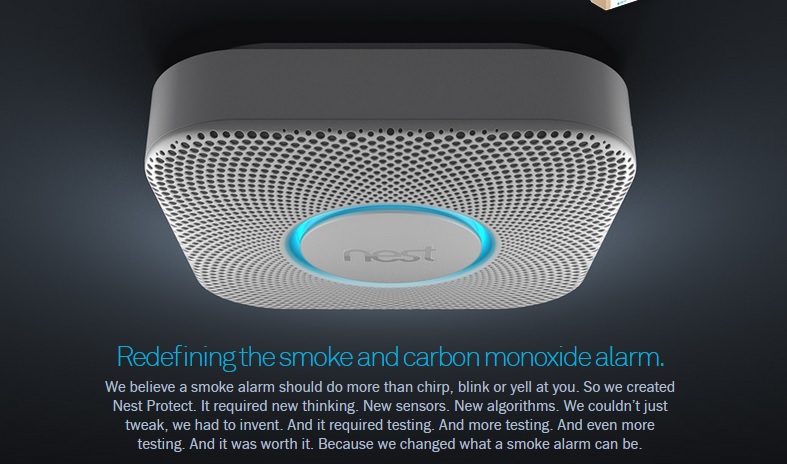 Nest has done it again, made something boring cool and a must have for those looking to create a smart home.
Nest has done it again, made something boring cool and a must have for those looking to create a smart home. 